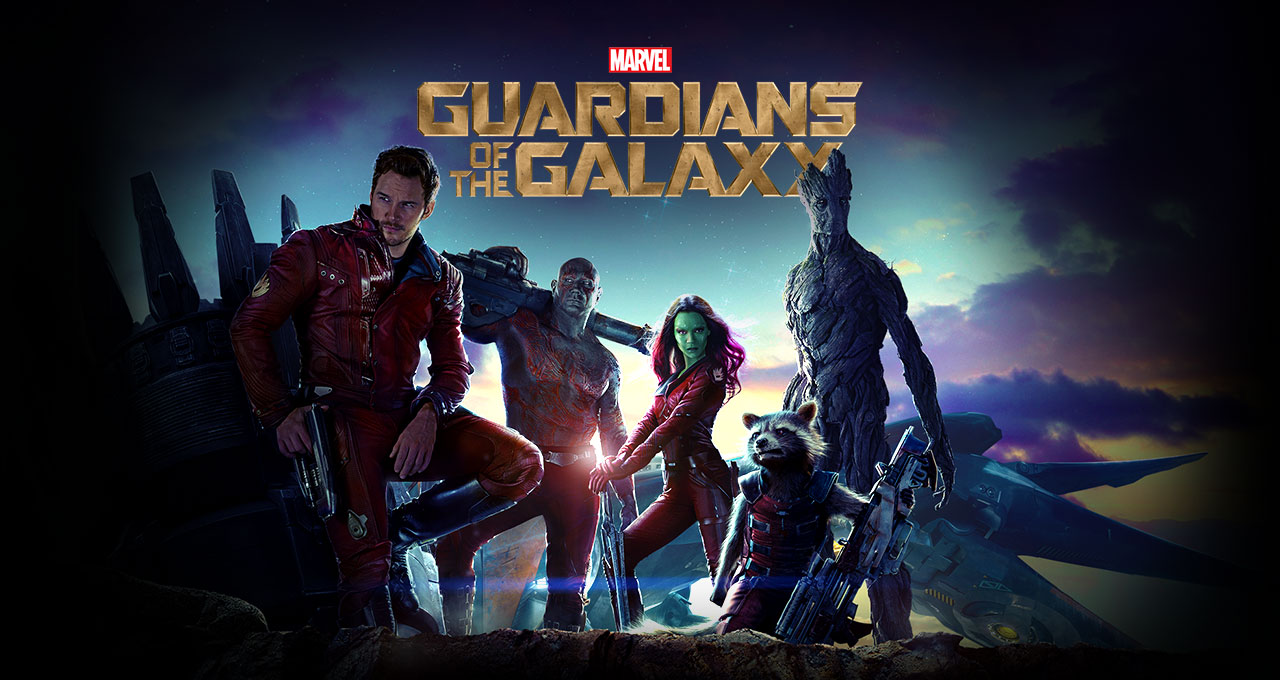Favorites
- Best picture: Logan (James Mangold)
- Best Director: Edgar Wright (Baby Driver)
- Best Actor: Heath Ledger (The Dark Knight)
- Best Actress: Uma Thurman (Kill Bill)
- Best Soundtrack: Star Wars Episode IV: A New Hope
Oscars
- Best Picture: Get Out (Jordan Peele)
- Best Director: Jordan Peele
- Best Actor: Garry Oldman (Darkest Hour)
- Best Actress: Frances McDormand (Three Billboards…)
- Best Original Screenplay: Lady Bird (Greta Gerwig)
I find that a “good” film has a balance of many different elements throughout. For instance, a film can be directed incredibly, have amazing cinematography, impeccable sound design and talented actors, but if the writing is awful, it brings the whole film down, and this is interchangeable with many of the micro and macro elements of filmmaking.
As well as this balance, there also must be a reason for people to want to watch your film; this could be due to a unique but recognizable editing style, like that of Edgar Wright’s films, or Quentin Tarantino’s writing and directing style of extended dialogue and non-chronological storylines. The style of a Director will attract different audiences to see different films. It is also important for a “good” film to include things that many audience members will take for granted, like sound design and editing. In my opinion, these elements are some of the most important as they can really immerse the audience into the film, and help the director get across what they want the audience to feel.
In connection with this to this, there is the cinematography of a film, and while it is a slightly more obvious part of filmmaking that audiences will likely notice more than sound or editing, there are still many people who will take for granted the way a film is shot. For instance, when I saw ‘The Revenant’ for the first time, I took the incredible sweeping shots of the forest and natural lighting for granted, but after researching it, finding out how it was shot and how there was no artificial lights used, it made me appreciate an entirely different side to the film that I wouldn’t have known about otherwise.
The narrative of a film is shown in many different ways; most obviously there is the narrative through dialogue and characters, however using visual elements to convey the story, when used effectively, can produce a much more realistic and immersive world for the audience to get involved in.
In conclusion, a “good” film must have a balance of all the key micro/macro elements, as well as a style to distinguish it from other movies and directors, making your film recognizable, without people necessarily knowing whom the director is before hand. However, I find the most important characteristic of a film is to get the audience immersed in the film using all of the micro and macro elements.









